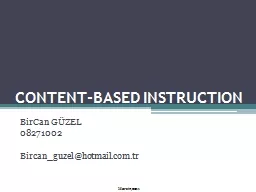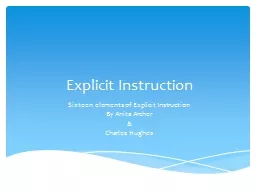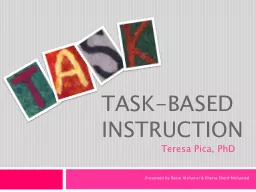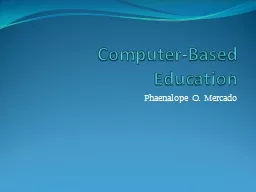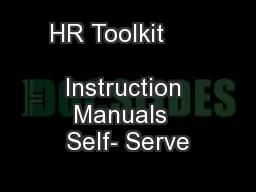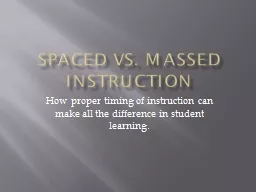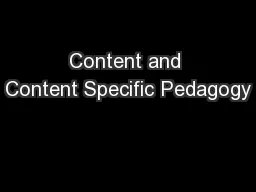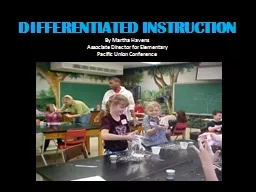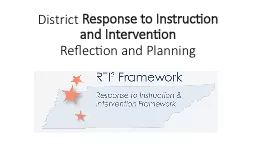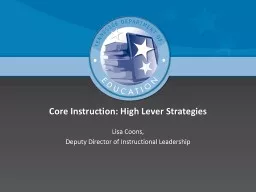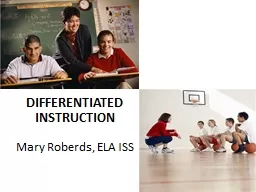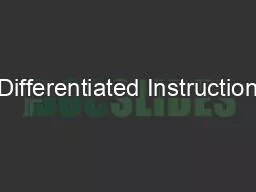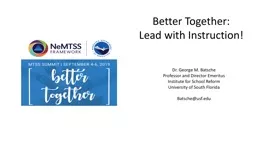PPT-CONTENT-BASED INSTRUCTION
Author : collectmcdonalds | Published Date : 2020-08-29
BirCan GÜZEL 08271002 Bircan guzel hotmail comtr Mersin2011 A What is Content Content is Information transmitted through a medium N ot just anything
Presentation Embed Code
Download Presentation
Download Presentation The PPT/PDF document "CONTENT-BASED INSTRUCTION" is the property of its rightful owner. Permission is granted to download and print the materials on this website for personal, non-commercial use only, and to display it on your personal computer provided you do not modify the materials and that you retain all copyright notices contained in the materials. By downloading content from our website, you accept the terms of this agreement.
CONTENT-BASED INSTRUCTION: Transcript
Download Rules Of Document
"CONTENT-BASED INSTRUCTION"The content belongs to its owner. You may download and print it for personal use, without modification, and keep all copyright notices. By downloading, you agree to these terms.
Related Documents

